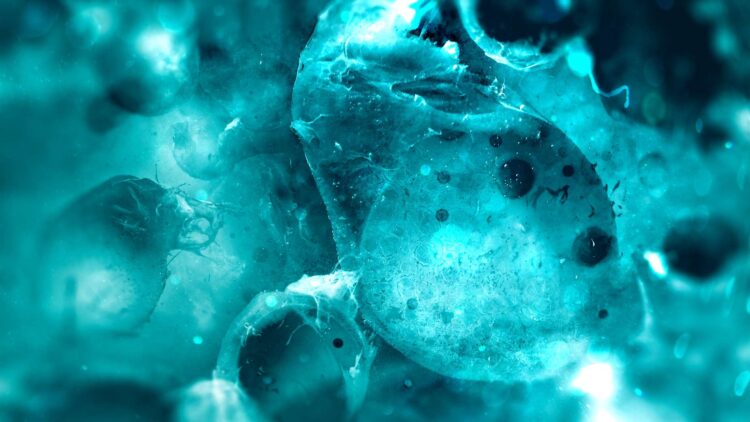We all know that we will eventually age and die, but few of us understand the nitty gritty about how our body truly embodies this process and how every cell in our body will have to go through the process. But now may be the time to begin to understand it. Scientists have uncovered a tiny structure inside our cells that acts like a built-in timer, counting down to the end of a cell’s life.
This timer is called the nucleolus, and it sits inside the nucleus of each cell and it plays a major role in determining how long a cell will live and how healthy it stays over time. This discovery was made while studying yeast, which shares a surprising amount of genetic and cellular similarities with humans, making it a great model for studying ageing. Once the breakthrough was made, the responsible scientists published it in Nature Ageing on November 25, 2024 suggesting that this nucleolar “death timer” could lead to new ways of extending human life since it provides a measurable way to predict how long a cell has left.
Why is the Nucleolus so important in cell death research
While it has a critical function in human health the nucleolus has not gotten much attention in the world of cellular biology. We know that is critical in producing ribosomes, the molecular machines responsible for making proteins, but not much more was known about this integral part of the cell, that is until now.
According to a study in Science there is a direct link between the nucleolus’ size and activity and the ageing process of a cell. When a cell is under stress or nearing the end of its lifespan, its nucleolus becomes larger and more active implying that the nucleolus is not just sitting there, passively, instead, it is actively involved in deciding how long a cell will function before shutting down for good.
The nucleolus houses ribosomal DNA (rDNA), which contains instructions for making ribosomes and these ribosomes then churn out proteins that keep the cell running. But as cells age, the nucleolus changes, potentially affecting this entire process. Some are seeing this as the future key to anti-ageing, but that is still a long time away. This does not mean that we should not use this discovery in other ways.
When we age we become more vulnerable to diseases like cancer, heart disease, and neurodegenerative disorders. There are many contributing factors to the way we age like poor diet and lack of exercise, which can make things worse, but the biggest factor is just time and the inevitability of its passing. Dr. Jessica Tyler, a pathology and laboratory medicine professor at Weill Cornell Medicine, explains it best “The greatest risk factor for these illnesses is ageing.” Instead of treating diseases one by one, she suggests a better approach, targeting the root causes of ageing itself. And that where the nucleolus could come in.
If scientists can find a way to tweak the nucleolus, maybe by reducing its size or slowing its activity, they might be able to extend the lifespan of cells, keeping them functional for longer. That could mean delaying or even reversing some of the negative effects of ageing.
Of course this could present many challenges, as we would be playing with a very important part of a cell without fully understanding the results. There are ethical concerns and major health risks to consider, as if we mess with the nucleolus too much, it could backfire and lead to new diseases or it could shorten lifespans instead of extending them.
For now, researchers are focusing on how these findings apply to human stem cells as these have the ability to transform into different types of cells, replacing the ones that die off. If we could extend the life of these stem cells we could help with illnesses such as cancer, improving our regenerative medicine and overall longevity without playing God.

